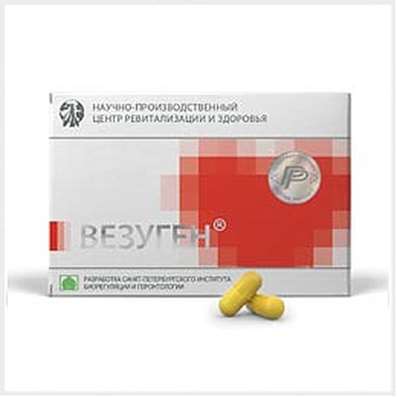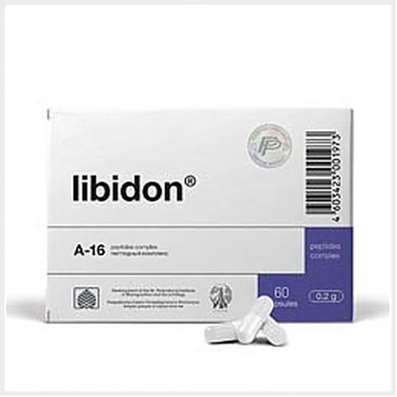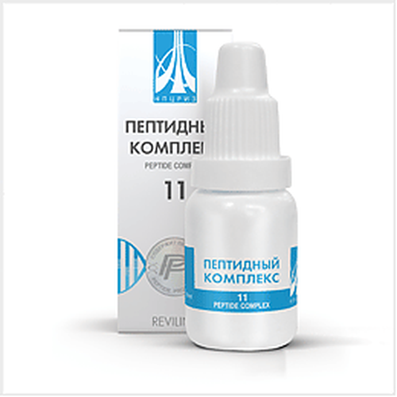Calcitonin
01 Nov 2016
Historical information
In 1962 Kopp discovered the hormone reducing calcium level in a blood, having called calcitonin (Soar, 1964). It was shown that perfusion parathyroid and thyroid glands of dogs a blood with high concentration of a calcium causes fast short-term hypocalcemic effect, and this effect develops earlier, than after a full paratireoektomia. Kopp concluded that parathyroid glands in response to hypercalcemia cosecrete a calcitonin and thus normalize concentration of calcium in plasma. Munson and others (Hirsch et al., 1963) paid attention that the paratireoektomia by electrocoagulation causes in rats more expressed hypocalcemia, than excision both thyroid, and parathyroid glands together that indicated presence of a gipokaltsiyemichesky factor at a thyroid gland. Having shown that extracts of a thyroid gland really cause a hypocalcemia, these authors called a required factor tirokaltsitoniny. Now it is known that both factors represent the same substance and that it is really produced in a thyroid gland. However the name a calcitonin was assigned to this hormone.
Calcitonin is developed and cosecretes the parafollicular S-cells of a thyroid gland developing in an embryogenesis from an ectoderm of a nervous crest. At the vertebrata who aren't belonging to a class of mammals, the calcitonin is present at the ultimobranchial little bodies located out of a thyroid gland. At the person of the S-cell are localized not only in a thyroid gland, but also in parathyroid glands, and also in a thymus.
Structurally functional dependence
Calcitonin is a one-chained peptide from 32 amino acids. Eight of them, including S-trailer prolineamidum PP and Cysteinums in provisions 1 and 7 (forming a disulfide ponticulus), are conservative and necessary for implication of biological activity of hormone. The amino-acid remains of the middle of a molecule (in provisions 10 — 27) are variable and, apparently, influence activity and duration of action of a calcitonin. The calcitonins allocated from ultimobranchial little bodies of a salmon and eel have larger activity of in vivo and in vitro, than hormone from thyroid glands of mammals, and differ from calcitonin of the person in the amino-acid remains respectively in provisions 13 and 16. The calcitonin of a salmon renders larger medical effect, than hormone of the person, partly because possesses larger T1/2.
At the person the calcitonin is formed of the pro-peptide consisting of 135 amino-acid remains; two more peptides which biological role isn't known are formed of the same pro-peptide. The gene of calcitonin contains six exons. Calcitonin is coded by the 4th exon. In S-cells the splaysing occurs in such a way that in final MRNK only the first 4 exons are presented. In nervous cells the sequence corresponding to the 4th exon is cut out, and in final MRNK exons 1—3, 5 and 6 are presented. After broadcasting and splitting of a pro-peptide the mature peptide consisting of 37 amino-acid remains — a kaltsitoninopodobny peptide is formed. At some animals action of this peptide is partly similar to action of a calcitonin, but at others the kaltsitoninopodobny peptide shows PTG-like activity and interacts with the receptors different from calcitonin receptors. As S-cells of a thyroid gland almost don't form this peptide, it hardly takes part in a calcium exchange regulation. The Kaltsitoninopodobny peptide and its receptors are widely presented to a CNS where it probably performs function of a mediator. This peptide is found in many diaxones of spinal ganglions and possesses the expressed vasodilating action. In more detail about a structure and synthesis of a calcitonin see in the review of MacIntyre etal. (1987).
At plasma there are various forms of calcitonin, including high-molecular units and cross connected molecules. It complicates development of reliable immunological methods of his definition. Methods of definition of intact monomeric peptide are offered (Body and Heath, 1983). Secretion regulation. Synthesis and secretion of calcitonin are regulated by concentration of the ionized calcium in plasma. At high concentration secretion of calcitonin increases, and at low — decreases or stops. At the person normal concentration of calcitonin doesn't reach and 10 pg/ml (Body and Heath, 1983). Women have its average concentration and reaction to secretion stimulators (pentagastrin and calcium) less, than at men. Calcitonin T1/2 is equal in blood to about 10 min.
Secretion of a calcitonin is stimulated with many factors, including catecholamines, glucagon, gastrin and kgolecistokinin, but their role in physiological regulation of secretion of calcitonin is doubtful. It isn't known even whether calcitonin plays an essential role in exchange of calcium at the person. Removal of a thyroid gland after which the calcitonin from blood disappears doesn't affect neither calcium exchange, nor the mass of a bone tissue. At medullary cancer of a thyroid gland in plasma, urine and tumoral tissue of patients of concentration of calcitonin are very high (50 — 5000 times higher than norm). This tumor develops from parafollicular cages; all her manifestations are connected a lot of calcitonin. For diagnostics carry usually out test with pentagastriny or calcium: compare plasma calcitonin levels before infusion of pentagastrin or calcium of gluconate (Wells et al., 1978). As one of forms of medullary cancer of thyroid gland is inherited as a prepotent sign (at a multiple endocrine neoplasia like II), the corresponding researches need to be conducted regularly and at the patient's relatives, since the early childhood (Tashjian etal., 1974). In most cases a multiple endocrine neoplasia like II RET protooncogene mutation is found; it allows to hope that to replace tests with pentagastriny and calcium the genodiagnostika will come (Donis-Keller etal., 1993; Carlson et al., 1994).
Action mechanism
Calcitonin reduces concentration of calcium and phosphate in blood mainly due to the direct oppressing action on osteoklasta and consequently, on resorption of bone tissue (MacIntyre etal., 1987).
Though the calcitonin counteracts strengthening of resorption of a bone tissue under the influence of PTG, it can't be considered inhibitor of all effects of PTG. So, calcitonin doesn't interfere with the activating action of PTG, nor on calcium absorption by a bone tissue. Inhibitors of synthesis of RNA and protein don't block action of calcitonin. Calcitonin directly you interact receptors of osteoklast, quickly and considerably reducing the area of a corrugated border and by that intensity of a resorption. You can try Pinealon.
Suppression of resorption of a bone tissue leads to decrease in an ekskretion of calcium, magnesium and hydroxyproline with urine. Concentration of phosphate in plasma decreases — both because of the reduced mobilization from bones, and owing to the increased ekskretion with urine. Direct action of a calcitonin on kidneys at different types is unequal. At the person this hormone stimulates an ekskretion of calcium, phosphate and sodium. At least some of effects of a calcitonin on kidneys and a bone tissue are mediated by tsAMF (Murad et al., 1970; Heersche et al., 1974). Biological activity of medicines of a calcitonin is determined by their capability to reduce concentration of calcium in plasma of rats. Calcitonins of a salmon and eel are more active than hormones of the person and a pig (see above).
Use
Calcitonin reduces concentration of a calcium and Natrii phosphas at patients with hypercalcemia during 6 — 10 h after single introduction. This effect is bound to suppression of resorption of bones and especially expressed at high initial rate of updating of a bone tissue. However in several days of treatment the calcitonin ceases to work. Treatment by calcitonin can't be considered as replacement of intensive infusional care; other agents (for example, diphosphonates) can be more effective.
Calcitonin renders positive effect at the states which are followed by acceleration of updating of a bone tissue such as Pedzhet's illness, and also in certain cases an osteoporosis. Prolonged use of calcitonin at Pedzhet's illness for a long time weakens symptoms of a disease and reduces activity of an alkaline phosphatase in Serum. At long treatment there can be antibodies to a calcitonin, but it not necessarily is followed by resistance to hormone. Side effects of calcitonin include nausea, an edema of brushes, an urticaria and (in rare instances) intestinal colics. The risk of side effects at introduction of calcitonins of the person and a salmon, apparently, is identical. At treatment of hypercalcemia the calcitonin is entered ï / to or in oil, by doses of calcitonin of a salmon — from 100 ME to 8 ME/kg each 12 h. At Pedzhet's illness treatment is begun with 100 ME/days. On reaching effect the dose is reduced; for a maintenance therapy it is usually enough to enter on 50 ME 3 time a week. At postclimacteric osteoporosis the calcitonin of a salmon is prescribed in the form of an aerosol for intranasal introduction of 1 times a day (see below).

 Cart
Cart





